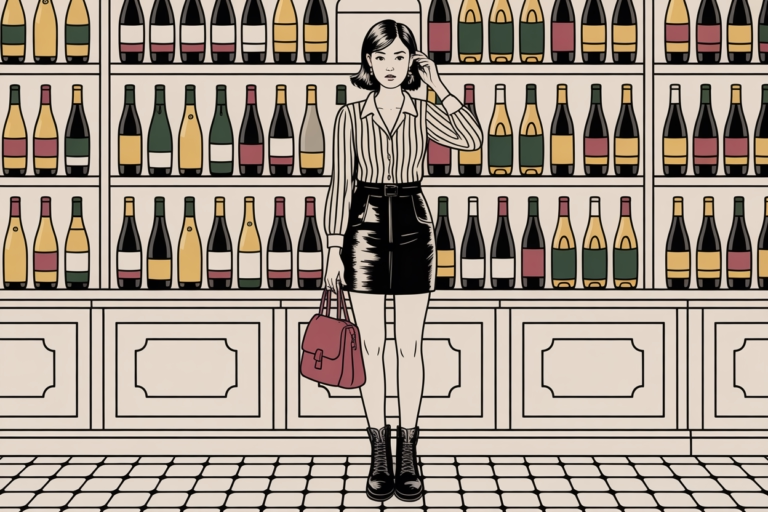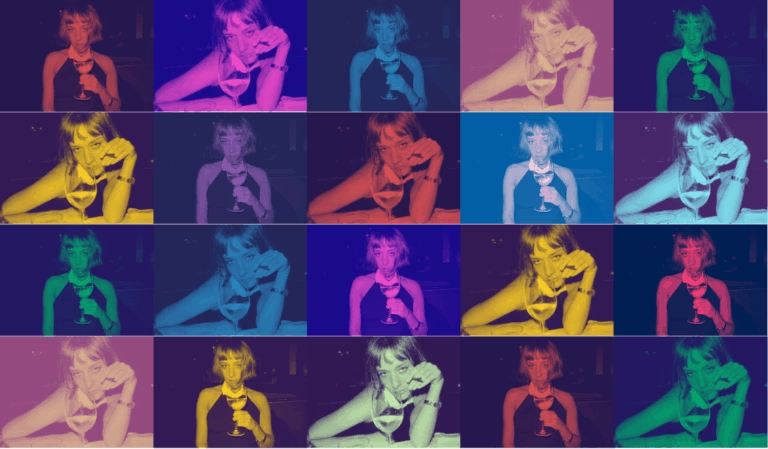The Complete Guide to Floral Wines: 5 Best Aromatic Wines That Smell Like Flowers
Discover the 5 best floral wines that smell like flowers. Complete guide to Gewürztraminer, Moscato, Viognier, rosé & Nebbiolo with tasting tips.
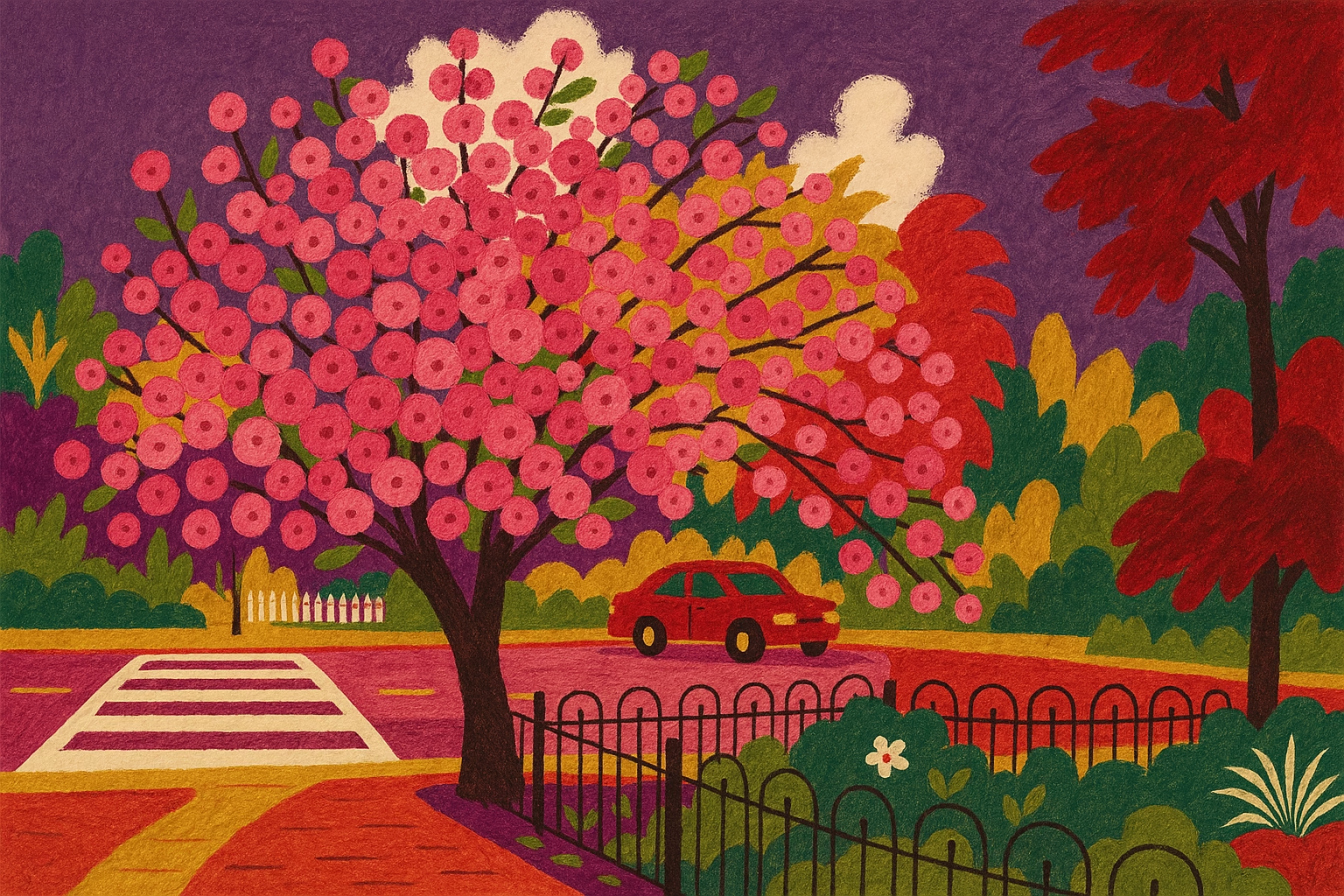
Floral wines are aromatic wines that exhibit distinct flower-like aromas and bouquets, ranging from delicate rose petals to heady jasmine blossoms. These wines literally smell like a garden in bloom, offering a sensory experience that transports you to springtime with every sip.
Come April in Washington D.C., cherry blossoms, magnolias, azaleas, and dogwoods create a stunning floral display that perfectly captures what makes floral wines so special. Just as these flowers enchant with their fragrance, floral wines captivate wine lovers with their perfumed aromatics and elegant character.
💡 Fun Fact: The first 3,000 cherry blossom trees planted in D.C. were a gift from Japan in 1912, symbolizing friendship between the two cities. D.C. and Tokyo are also on similar latitudes, meaning they share similar climates despite being across the world—allowing the cherry trees to thrive in both places.
Why Do Some Wines Smell Like Flowers? The Science Behind Floral Wine Aromas
Floral wine characteristics come from specific aromatic compounds called terpenes, naturally occurring in grape skins. These compounds create the signature flower-like scents that define floral wine varieties. The concentration and type of these compounds vary by grape variety, terroir, and winemaking techniques, resulting in different floral wine profiles.
5 Best Floral Wines: Complete Tasting Guide
Here are some of the most floral wines out there, plus a little on what makes them smell so good:
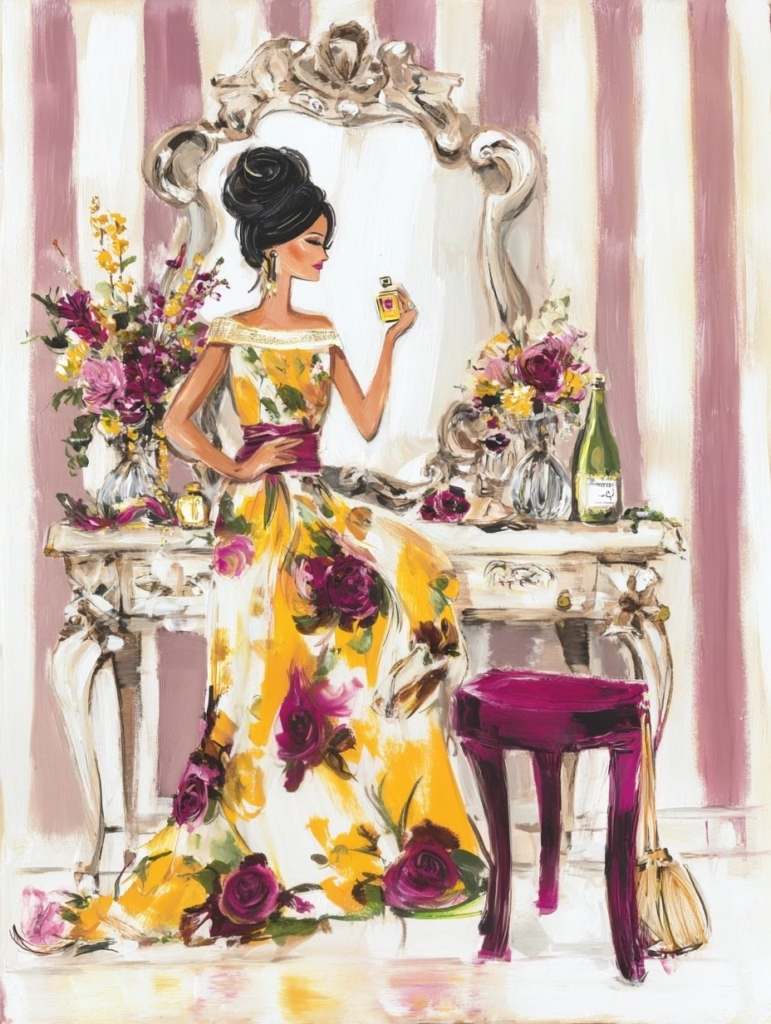
1. Gewürztraminer: The Rose Petal Wine
Primary Floral Notes: Rose petals, orange blossom, honeysuckle
Best Regions: Alsace (France), Germany, Northern Italy, Oregon, California
Flavor Profile: Bold, aromatic white wine with unmistakable floral bouquet
Gewürztraminer is the most recognizable floral wine, wearing its rose petal scent like luxury French perfume. This aromatic white wine also displays lychee notes (a telltale Gewürztraminer characteristic), warm spices, and sometimes perfume-like intensity. For floral wine beginners, Gewürztraminer offers the most pronounced flower aromatics.
Best Food Pairings: Spicy Asian cuisine, aged cheeses, foie gras
2. Moscato/Muscat: The Orange Blossom Champion
Primary Floral Notes: Orange blossom, jasmine, rosewater
Best Regions: Italy (Moscato d’Asti), France (Muscat de Beaumes-de-Venise), California
Flavor Profile: Sweet, effervescent, low-alcohol floral wine
Moscato is often the gateway floral wine for new wine drinkers. Its heady jasmine and orange blossom nose resembles walking past blooming citrus trees. Moscato d’Asti, with its light sparkle and low alcohol, represents the pinnacle of floral wine elegance.
Best Food Pairings: Fresh fruit desserts, brunch dishes, spicy appetizers
💡 Pro Tip: There’s one flower that you (usually) don’t want. Geranium taint in wine is typically considered a fault, caused by the breakdown of sorbic acid (a wine preservative) by lactic acid bacteria, resulting in an artificial, floral aroma reminiscent of crushed geranium leaves. It’s most often found in sweet or semi-sweet wines that were improperly stabilized. While geranium-like notes can appear naturally in some aromatic white wines like Muscat or Gewürztraminer, those aromas tend to be delicate and balanced with other floral elements. If the scent is sharp, pungent, or chemically floral, it’s likely a flaw and not a varietal characteristic.
3. Viognier: The Honeysuckle Hero
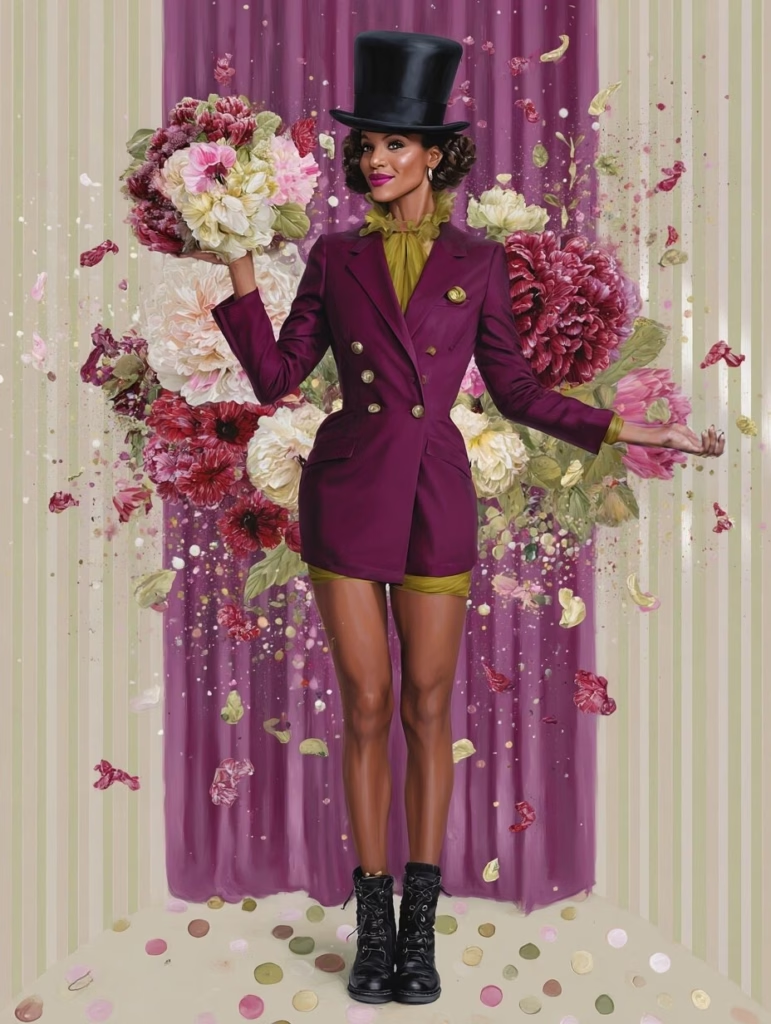
Primary Floral Notes: Honeysuckle, acacia, peach blossom
Best Regions: Rhône Valley (France), California, Virginia, Australia
Flavor Profile: Full-bodied white wine with lush texture and vibrant floral character
Viognier strikes the perfect balance between rich mouthfeel and elegant floral aromatics. Each sip reveals layers of honeysuckle and stone fruit blossoms. Virginia Viognier has become particularly renowned, making it a local favorite for D.C. wine enthusiasts.
Best Food Pairings: Roasted chicken, creamy pasta dishes, soft cheeses
4. Provence Rosé: The Lavender Beauty
Primary Floral Notes: Lavender, rose petal, peony
Best Regions: Provence (France), Southern Italy, California
Flavor Profile: Crisp, dry, mineral-driven with subtle floral notes
Not all rosé wines are floral, but Provence-style rosé often showcases delicate lavender and peony aromatics. These dry rosé wines offer romantic floral hints without overwhelming sweetness, perfect for spring and summer drinking.
Best Food Pairings: Mediterranean cuisine, grilled fish, fresh salads
5. Nebbiolo: The Violet-Scented Red
Primary Floral Notes: Dried rose, violet, fresh flowers
Best Regions: Piedmont, Italy (Barolo, Barbaresco)
Flavor Profile: Powerful red wine with complex floral and earthy aromatics
Nebbiolo proves that floral wines aren’t limited to whites and rosés. This noble Italian grape displays classic violet and dried rose petal aromas alongside tar, cherry, and leather notes. Young Langhe Nebbiolo offers fresh violet scents, while aged Barolo and Barbaresco develop dried flower complexity.
Best Food Pairings: Braised meats, truffle dishes, aged Italian cheeses
How to Taste Floral Wines: A Guide to Exploring Tasting
When tasting floral wines, follow these steps to fully appreciate their aromatic complexity:
- Finish Assessment: Note how long floral characteristics linger
- Visual Assessment: Notice the wine’s color intensity, which often correlates with aromatic intensity
- Aromatic Analysis: Swirl gently and inhale deeply to identify specific floral notes
- Palate Evaluation: Taste for how floral aromatics translate to flavor

Next time you’re shopping for a bottle, follow your nose and look for wines with tasting notes that mention flowers, perfume, or aromatics. Then, pop it open in the park like no one’s watching—for added vibes.
Floral Wine Faults: When Flowers Go Wrong
While floral notes are generally desirable, geranium taint represents a significant floral wine fault. This occurs when sorbic acid (a wine preservative) breaks down, creating artificial, pungent geranium-like aromas. This fault most commonly affects sweet wines that weren’t properly stabilized.
How to Identify Geranium Taint:
- Sharp, chemically floral aroma
- Reminiscent of crushed geranium leaves
- Artificial, unbalanced character
- Most common in sweet/semi-sweet wines
Best Floral Wine Regions Around the World
France: The Floral Wine Capital
- Alsace: Premium Gewürztraminer
- Rhône Valley: Exceptional Viognier
- Provence: Elegant floral rosés
United States: New World Floral Excellence
- Oregon: Cool-climate Gewürztraminer
- California: Diverse floral wine styles
- Virginia: Outstanding Viognier
Italy: Traditional Floral Wine Heritage
- Piedmont: Noble Nebbiolo varieties
- Asti: Classic Moscato d’Asti
Food Pairing Guide for Floral Wines
Floral wines pair beautifully with:
- Spicy Cuisine: Gewürztraminer with Thai or Indian food
- Light Appetizers: Moscato with fresh fruit or cheese
- Seafood: Viognier with grilled fish or shellfish
- Mediterranean Food: Provence rosé with herb-crusted dishes
- Rich Meats: Nebbiolo with braised or roasted red meats
When to Drink Floral Wines: Perfect Occasions
Floral wines shine during:
- Spring celebrations and Easter brunch
- Garden parties and outdoor dining
- Romantic dinners and special occasions
- Wine tastings focused on aromatics
- Warm weather entertaining
Building Your Floral Wine Collection
For floral wine enthusiasts, consider these collecting strategies:
- Start with entry-level Moscato and Gewürztraminer
- Explore different regional expressions of Viognier
- Invest in age-worthy Nebbiolo for long-term cellaring
- Sample various Provence rosé producers
- Compare Old World vs. New World floral wine styles
Embracing the Beauty of Floral Wines
Floral wines offer some of the most enchanting aromatics in the wine world. From Gewürztraminer’s bold rose petals to Nebbiolo’s elegant violets, these wines provide a sensory journey that connects us to nature’s beauty. Whether you’re a beginner exploring sweet Moscato or a collector aging premium Barolo, floral wines deliver complexity, elegance, and pure drinking pleasure.
The next time spring flowers bloom in your area, pour a glass of your favorite floral wine and experience how these aromatic treasures capture the essence of flowers in liquid form.
Floral Wines I’m Reaching For:

M. Chapoutier La Combe Pilate Viognier ($30) France, Rhône Valley: M. Chapoutier La Combe Pilate Viognier is an expressive, biodynamic floral wine that beautifully captures the essence of the Northern Rhône. On the nose, it opens with fragrant notes of ripe apricot, white peach, tropical fruits and honeysuckle blossoms, with a touch of fresh ginger. The palate is smooth and elegant, offering a silky texture and balanced acidity that lifts the stone fruit flavors. A subtle hint of minerality adds depth, while the finish lingers with floral and citrusy grace. It’s a refined, aromatic and decidedly floral Viognier that will have you thinking of spring flowers.

Brandborg Gewürztraminer ($20) Oregon, Umpqua Valley: Sourced from Elkton Oregon AVA’s Bradley and Anindor Vineyards, this floral wine showcases the region’s cool, coastal climate and alluvial soils. The nose is an instant bouquet—think rose petals, lychee, and a swirl of orange blossom that practically dances out of the glass. Juicy stone fruit and honeyed citrus follow on the palate, with a hint of ginger spice that keeps things interesting. It’s plush and floral without being overly sweet, thanks to a nice zip of acidity. This floral wine loves bold flavors—try it with Thai curry, spicy tuna rolls, or even funky cheeses. Also perfect for sipping solo while planning your next garden party.

Veritas Viogner ($25) Virginia, Monticello: This Virginia Viogner hails from one of my favorite Charlottesville wineries, Veritas. It’s large group friendly with dozens of outdoor picnic tables and outdoor fire pits and as many great wines taste while lounging. This Virginia wine is like spring in a glass—lush, floral, and totally charming. It opens with dreamy floral aromas of honeysuckle, ripe peach, and a whisper of orange blossom. On the palate, it’s silky and vibrant, medium to full bodied with juicy notes of apricot, melon, and a touch of spice that lingers just long enough to keep you coming back. A beautiful Virginia-grown Viognier that feels like a little luxury—but isn’t so spendy to need an occasion.
Let me know what floral wines you’re reaching for this spring, and what trees you’re planning to sip them under?

